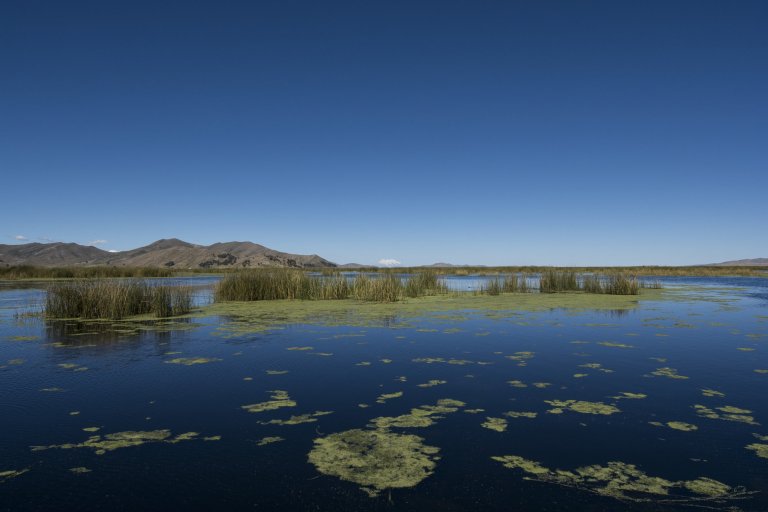
© Erwan Amice / LEMAR / IRD / CNRS Images
View the mediaScientific news
To mark World Water Day on 22 March, we present an overview in images of the countless, sometimes unexpected issues surrounding the most vital and threatened resource of the 21st century.

© Erwan Amice / LEMAR / IRD / CNRS Images
View the mediaIs it still necessary to point out that along with oxygen, water is the most important resource on our planet? Undoubtedly, the challenge of making it accessible for everyone becomes more critical every day as we pollute oceans and rivers and climate change disrupts ecosystems. This issue applies equally to the Berber and Tuareg populations in arid regions as it does to the inhabitants of large cities with infinitely complex supply networks. Still, there are signs of hope, with new innovative clean-up methods, using plants and green chemistry for example, like those utilised by Bio Inspir' the start-up developed by CNRS scientists.
Beyond these issues lies yet another, even more fundamental one, which simply amounts to a better understanding of water: its dynamics, physics, and flow, as well as its origins (has it been present on Earth since the creation of the planet?) and the way in which it shapes coastlines and emerged territories. Understanding the water cycle is also about learning how to protect it and safeguard our future. This is why, on World Water Day, we invite you to (re)discover our best reports on water in all its forms.
Our work is guided by the way scientists question the world around them and we translate their research into images to help people to understand the world better and to awaken their curiosity and wonderment.